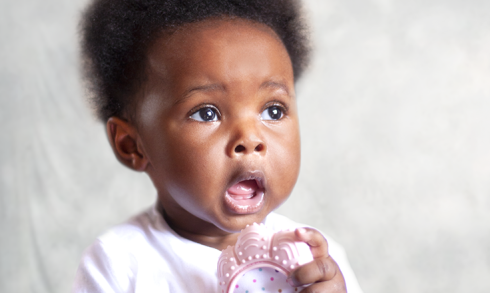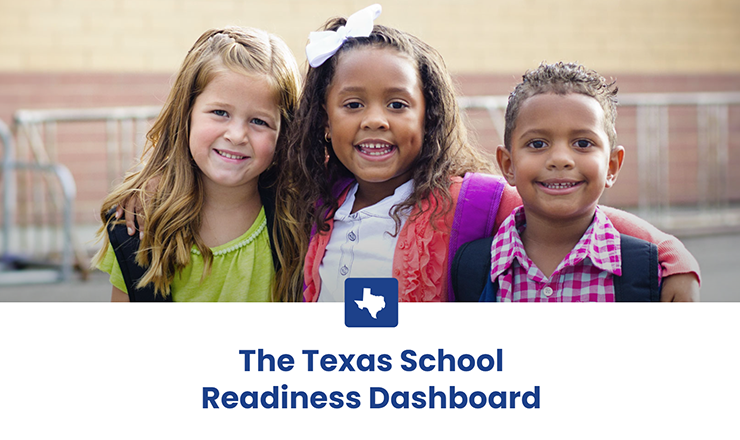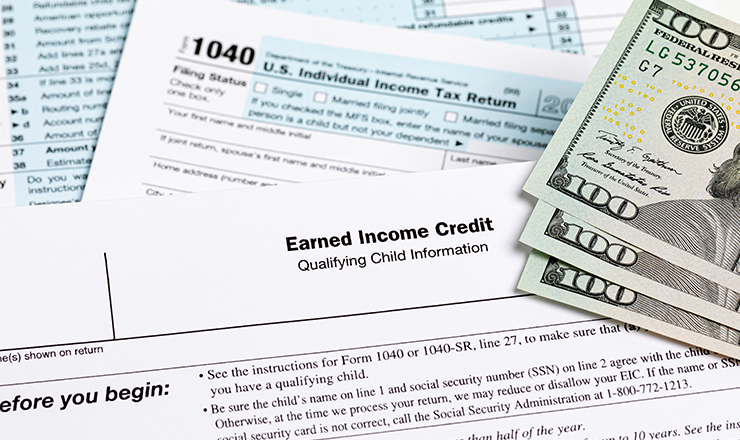- Home
- /
- Research Topics
- /
- Child Poverty
Child Poverty
Financial hardship in early childhood can disrupt healthy brain development and compromise the foundation for long-term learning, behavior, and health. Families living with poverty face great difficulties meeting basic needs and are more likely to experience stress, which can compromise parents’ ability to engage in the warm, responsive interactions critical to healthy development. The poverty rate varies considerably by race and ethnicity.
Featured Resource
Browse state-level data on child poverty and other outcome measures to track the overall health and wellbeing of infants and toddlers and their parents.
Related Resources
- Blog
- |
The non-profit organization Texans Care for Children drives policy change to improve kids’ lives, helping them to grow up healthy, safe, and successful. But without local data, Texans Care for Children struggled to inform lawmakers
States and community organizations can increase awareness of credits. Increasingly, the state and federal government use tax credits, such as the child tax credit and the earned income tax credit, to support families with low
Evaluating Texas’s in-kind and monetary assistance during COVID-19 To promote nurturing and responsive parent-child relationships and healthy home environments, states can offer home visiting programs to expectant and new parents with young children. During the
- News
- |
Recently, the Prenatal-to-3 Policy Impact Center helped Texans Care for Children update their Texas School Readiness Dashboard. The data point to child care provider closures, high costs, a lack of options and safety concerns among
- Blog
- |
The clock is ticking for tax day. And which state a family lives in will have a significant impact on whether they owe taxes or receive a refund—a boost of crucial unrestricted cash for the
- Blog
- |
Since 2019, the Prenatal-to-3 Policy Impact Center has empowered states with evidence on which policies positively impact very young children and their parents. Reviewing the evidence connecting state policies to outcomes for young children and







